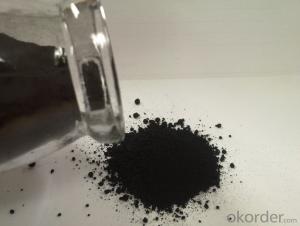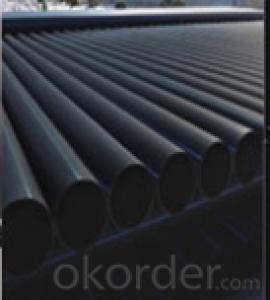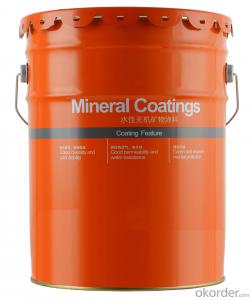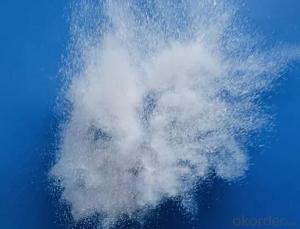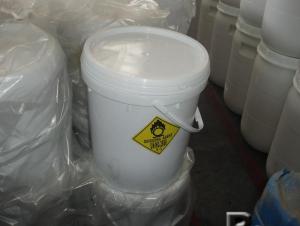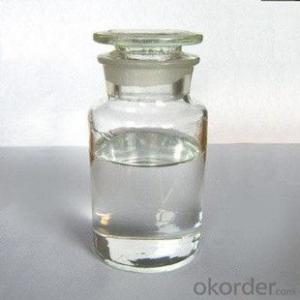Low Color Furnace Processing Pigment Carbon Black
- Loading Port:
- Tianjin
- Payment Terms:
- TT OR LC
- Min Order Qty:
- -
- Supply Capability:
- 10000MT m.t./month
OKorder Service Pledge
OKorder Financial Service
You Might Also Like
Carbon Black-- Master Batch
Introduction:
After investigat of current market, for master batch, colorpaste , color filter, printing ink, paint and special rubber industry, our company had adjusted production process and index, Reaching and developing the new producting ,such as M330,M326 and M220, They have high price quality compare with N330,N326 and N220.
Index Comparison (lodine absorption, g/kg)
Production | N330 | M330 | N220 | M220 | N326 | M326 |
Loadine absorption,g/kg | 82±7 | 82±2 | 121±7 | 121±2 | 82±7 | 82±2 |
DBP absorption, 10-5 m3/kg | 102±7 | 102±2 | 114±7 | 114±2 | 72±7 | 72±2 |
DBP adsorption, 10-5 M3 /kg | 83-93 | 85-91 | 93-103 | 95-101 | 64-72 | 66-70 |
CTAB surface area, 103 M3 /kg | 76-88 | 78-86 | 105-117 | 107-115 | 77-89 | 79-87 |
Tint strength,≥﹪ | 99 | 105 | 111 | 115 | 106 | 110 |
Heating lose,≤﹪ | 2.5 | 0.5 | 2.5 | 0.5 | 2.5 | 0.5 |
Ash, ≤﹪ | 0.7 | 0.3 | 0.7 | 0.3 | 0.7 | 0.3 |
45umscreening, ≤PPM | 1000 | 50 | 1000 | 50 | 1000 | 50 |
Impruity | / | . | / | / | / | / |
Lead content ≤PPM | 200 | 50 | 200 | 50 | 200 | 50 |
Safety:
As a matter of good industrial hygiene, gloves and safety glasses with side shields or better eye protection should be worn when handing Carbon Black ,For more information, refer to the MSDS

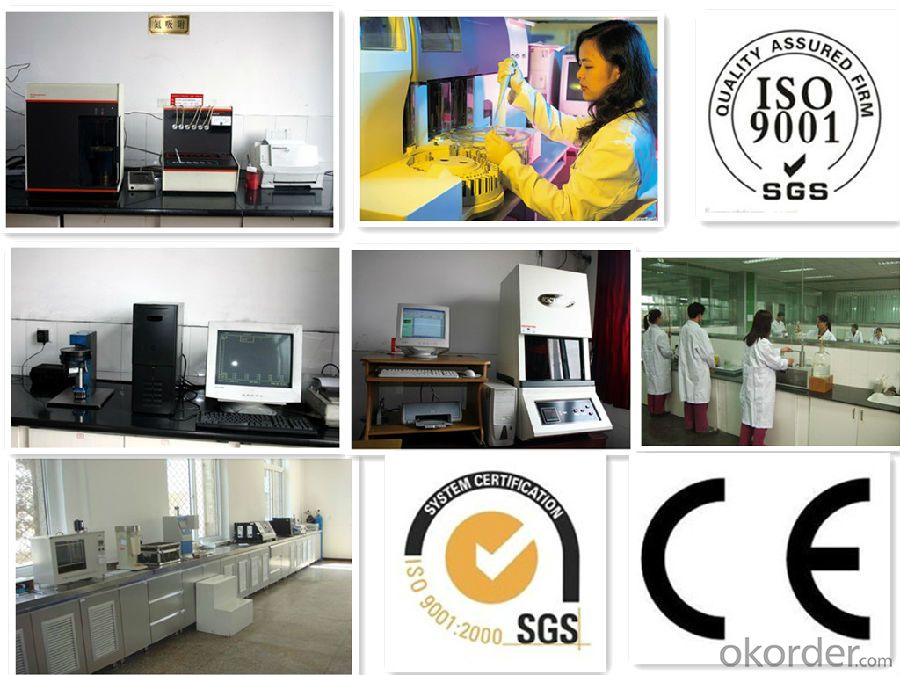
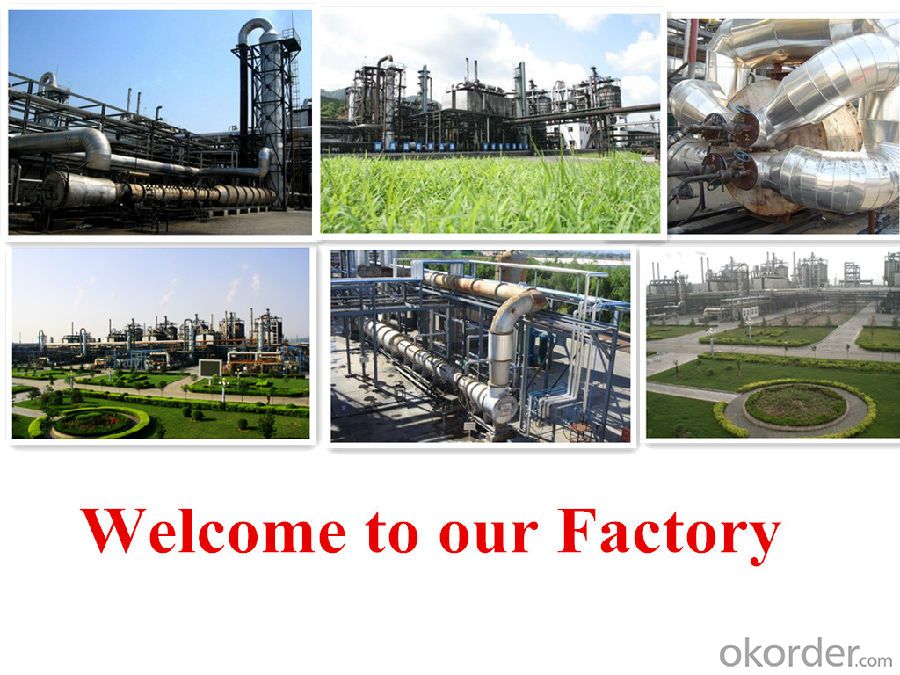
- Q:In chemistry what is a catalyst and an example?
- A catalyst is a liquid or a gas you can add to a substance to make it react quicker and/or upon itself or another chemical. A catalyst can be one chemical you add to another that causes a significant reaction or they could be variables in an experiment (like temperature) can be a catalyst. It could also be a liquid/gas that you add to a substance to neutralize it or make it safe to clean/touch/handle. For instance if you spill chemicals in a biology lab, you have to add a catalyst (generally water or clarifying soap) to make it safe to clean up. Hope I could help.
- Q:I have just spent CAN$550 to replace a catalyst converter at one end of the muffler. The repairman said I need to replace the oxygen sensor very soon, otherwise, the C.C. will be gone again. Is that true... can someone confirm this for me. Thanks.
- your O2 sensor measures the amount of oxygen remaining in the exhaust gas after the combustion process. The left over oxygen reacts with the sensor to send an electrical signal to your vehicles computer. the computer can then adjust your fuel injector pulse width in order to maintain the proper 14.7:1 air/fuel ratio. Excessive exhaust gases are the usual culprit when catalatyc converters fail. Even so the O2 sensor is usually fairly cheap ($20-$30) and simple to replace. I would replace it as cheap insurance
- Q:What is the difference between biological enzymes and chemical catalysts?
- Biological enzymes are an environmentally friendly biocatalyst with greater superiority. Such as the reaction speed, processing conditions (such as temperature, PH value, etc.) more moderate, safe and easy to control the operation and can replace the strong alkali and other chemicals. The biological enzymes act only on specific substrates, with little damage to the substrate and the biodegradation of the treated wastewater to reduce water and energy consumption. After more than a century of research by scientists, more than 3,000 known enzymes are generally considered. The application of biological enzymes in the textile industry, initially the application of α-amylase in cotton fabric desizing process, and later developed into the cellulase used in denim washing and bio-polishing process, and now the development of pectinase to the biological scouring Technology, hydrogen peroxide enzyme catalytic decomposition technology, protease in silk and wool fiber applications
- Q:Several experiments were carried out using catalysts
- Hydrogen peroxide in the manganese dioxide as a catalyst for decomposition reaction: 2H2O2 == MnO2 == 2H2O + O2 ↑ (laboratory oxygen principle)
- Q:Are biological enzymes harmful to humans?
- A biological enzyme is a biocatalyst that is produced or extracted from a biological organism. The catalyst is a substance that accelerates the chemical reaction and does not change itself in the chemical reaction. In layman's terms, the catalyst is a special substance that catalyzes it. Enzyme as a member of the catalyst family has its own special properties. Each of the biological enzymes will only selectively react to some chemical reactions. A biological enzyme is equivalent to a key that opens a complex compound whose importance is that its unique structure or multidimensional shape matches a part of the group. Once these two parts are combined, the specific chemical bond in the group molecule changes as if the lock was opened. When the reaction is completed, the enzyme is released and repeated with the next group, followed by repeated repeats. Many chemical reactions in the normal temperature conditions, the reaction is very slow so that the whole process is difficult to be perceived.
- Q:and can you give me an example of it .. please give it in easy terms if you can. thanks
- A catalyst is something that speeds up a reaction. Heat is a catalyst. An example is the catalytic converter in a car, it speeds up the reaction and makes the fumes coming out not as toxic.
- Q:give an example of how a catalysts speeds up the rate of reaction?? thank you!!?
- Catalysts speed up a reaction, but at the end of it, it's chemically unchanged. You usually have the same mass at the end of the reaction. For example.. Consider the decomposition of Hydrogen Peroxide: 2H2O2 -2H2O + O2 I hope you got how to represent it =D So.. This reaction is very slow. You can try it out in the lab. So when we add a catalyst, the reaction speeds up. The catalyst used here is MnO2.. Manganese dioxide. Well.. The Enzymes in our body are also Catalysts. They speed up the Biological Reactions taking place inside out body. I hope this answers your question. :) Cheers
- Q:Who knows hydrogen and nitrogen in the high temperature, high pressure and catalyst conditions for the synthesis of ammonia chemical equation ah? Urgent! The SOS
- 3H2 + N2 ===== 2NH3 conditional catalyst
- Q:how does the amount of a catalyst affect reaction rate?
- A catalyst is actually a necessary part of the reaction. The catalyst is different on in that the catalyst returns to its original state when the catalyzed reaction completes. But that means that for each atom or molecule that goes through this reaction, there must be an atom or molecule of the catalyst to combine with. You could think of the catalyst as the buses that carry the reactants to their goal. The more buses, the faster the reactants reach their goal, but at the end, all the buses are empty, just like they started.
- Q:i keep messing up on those 2 simple things haha i would apprecaite some help.
- A catalyst is a substance that affects the rate of a reaction. It may participate, but cannot be consumed in the reaction. For example, KMnO4 catalyzes the breakdown of H2O2 into H2O and O2. In the end, as much KMnO4 exists as did in the beginning. An enzyme is a biochemical reagent that allows an organism to convert a compound into other compounds. This is part of metabolic processes. For example, maltose (a sugar composed of a chain of two glucose molecules) can be broken down into glucose by the maltase enzyme. Unlike a catalyst, enzymes may or may not be consumed/altered in the metabolic processes.
1. Manufacturer Overview |
|
|---|---|
| Location | |
| Year Established | |
| Annual Output Value | |
| Main Markets | |
| Company Certifications | |
2. Manufacturer Certificates |
|
|---|---|
| a) Certification Name | |
| Range | |
| Reference | |
| Validity Period | |
3. Manufacturer Capability |
|
|---|---|
| a)Trade Capacity | |
| Nearest Port | |
| Export Percentage | |
| No.of Employees in Trade Department | |
| Language Spoken: | |
| b)Factory Information | |
| Factory Size: | |
| No. of Production Lines | |
| Contract Manufacturing | |
| Product Price Range | |
Send your message to us
Low Color Furnace Processing Pigment Carbon Black
- Loading Port:
- Tianjin
- Payment Terms:
- TT OR LC
- Min Order Qty:
- -
- Supply Capability:
- 10000MT m.t./month
OKorder Service Pledge
OKorder Financial Service
Similar products
New products
Hot products
Related keywords
